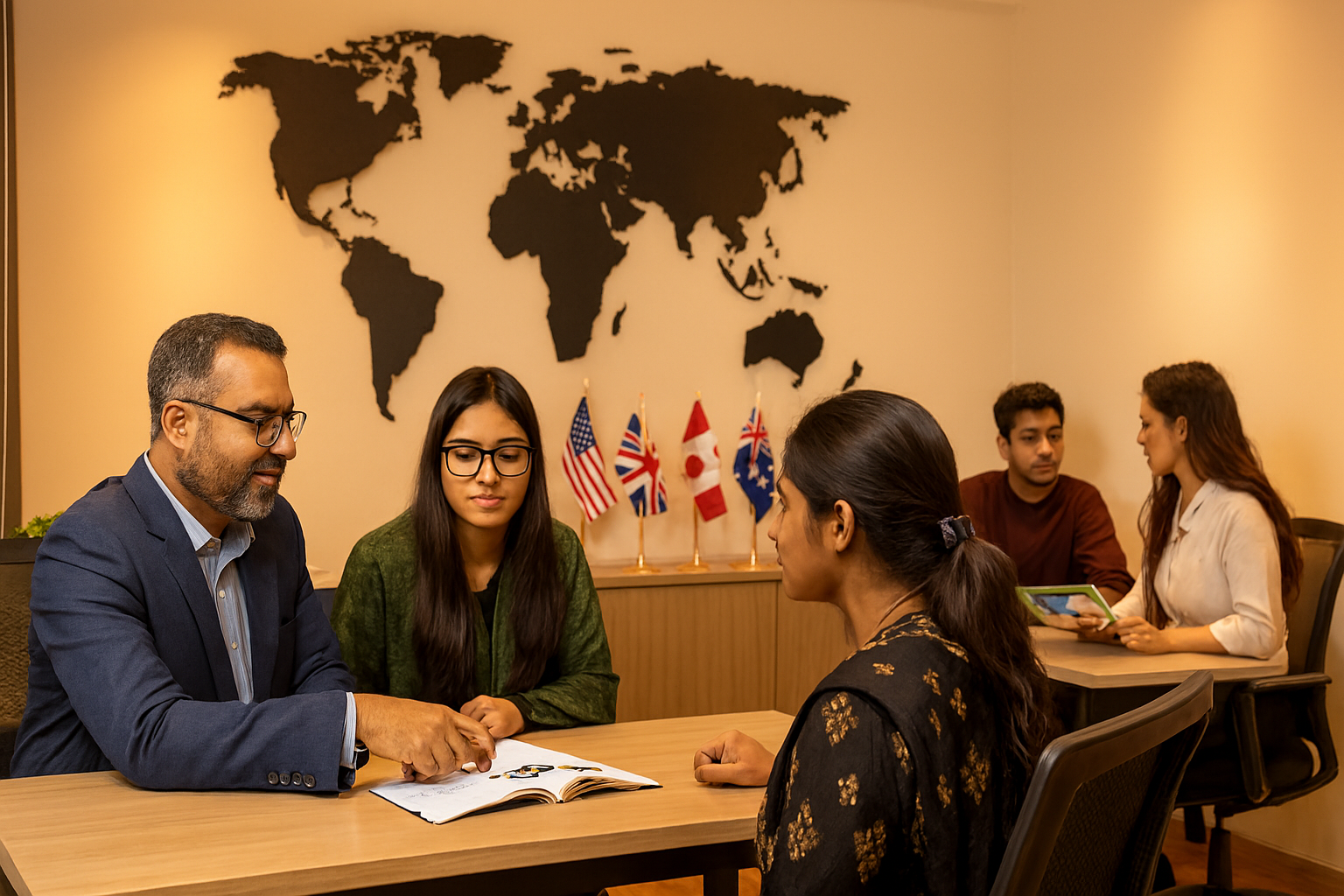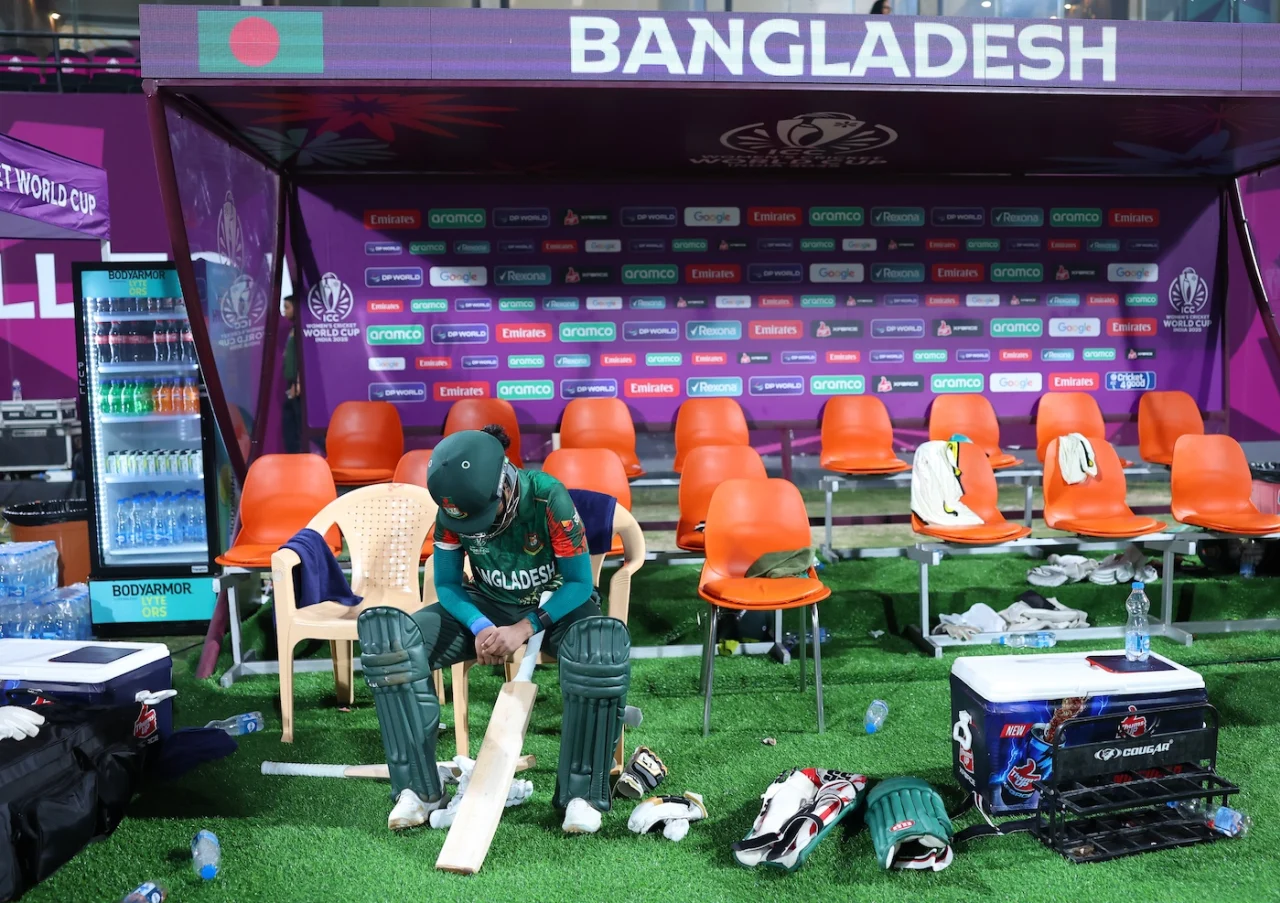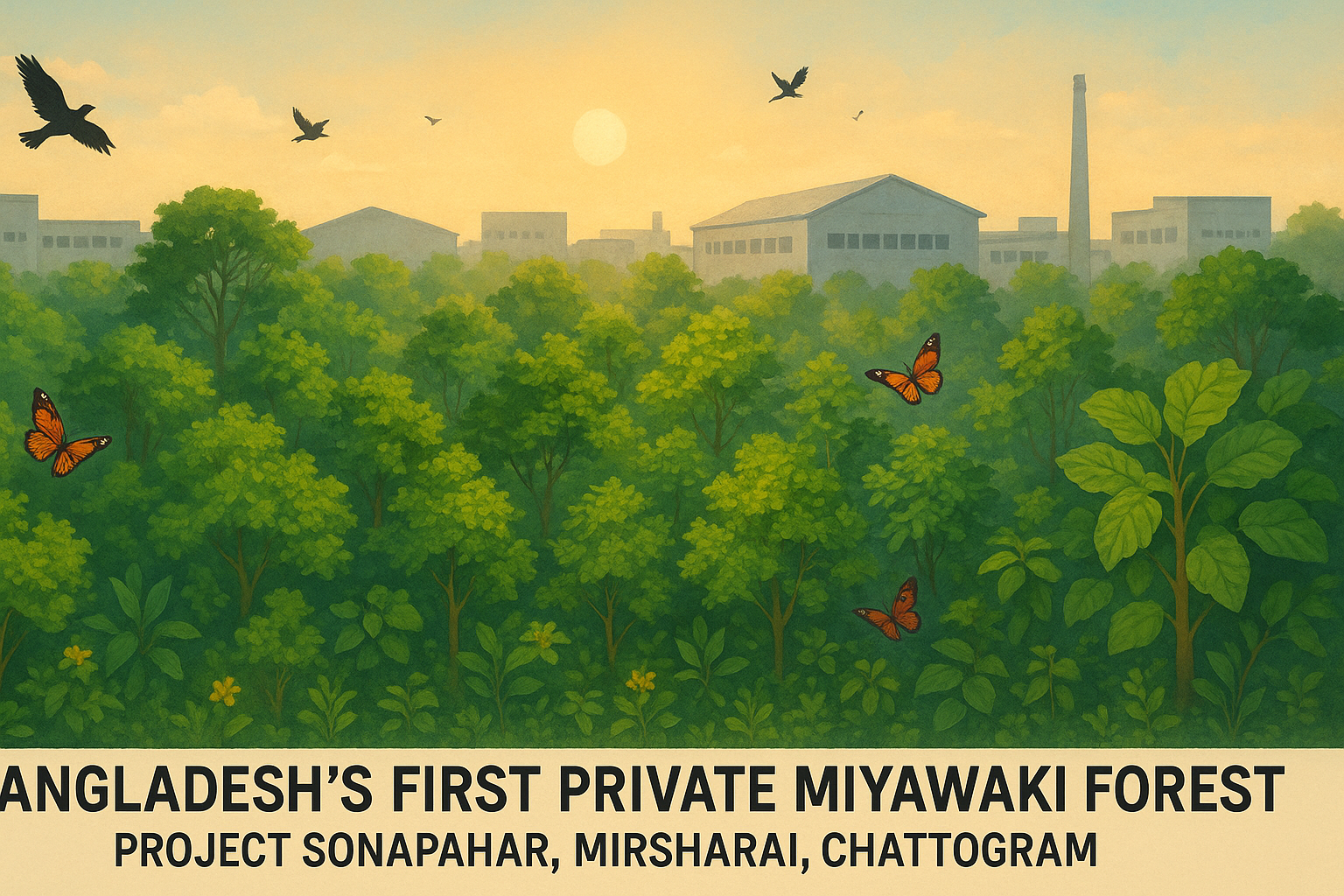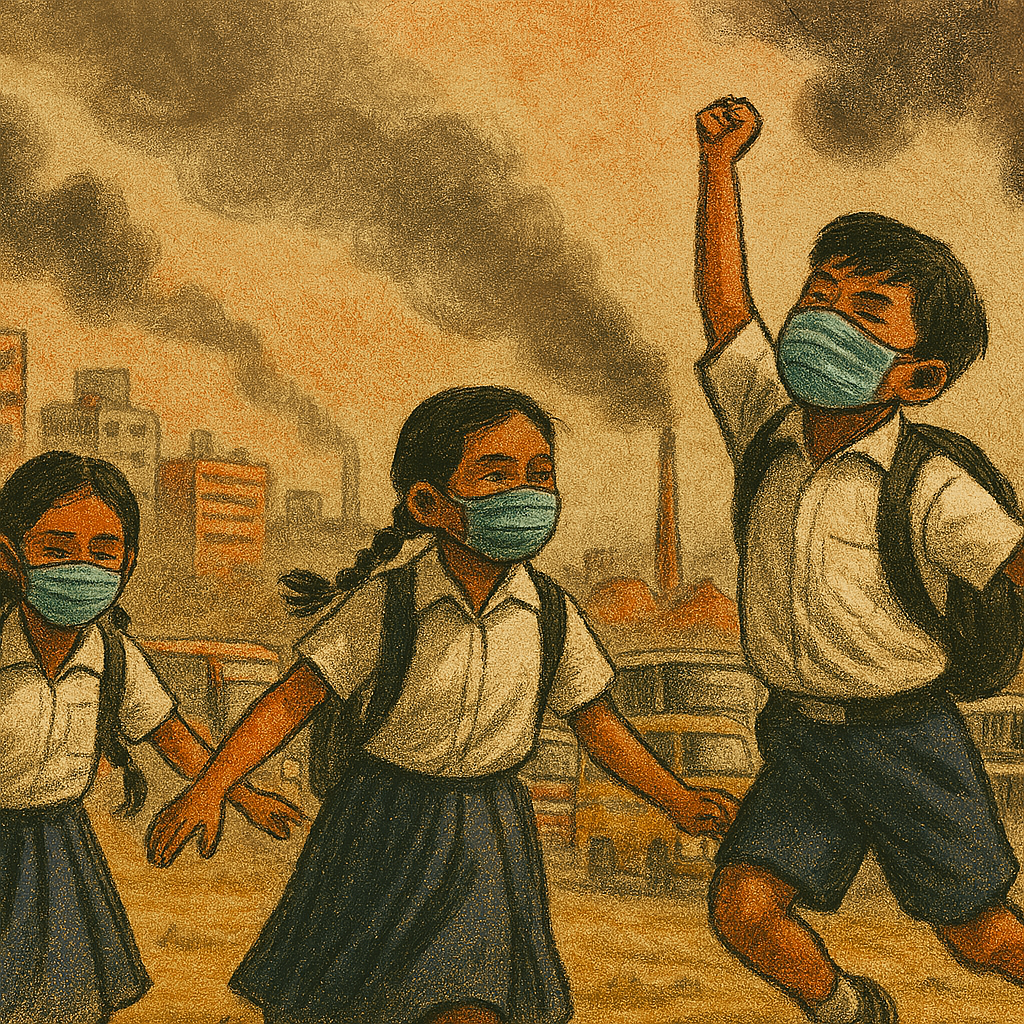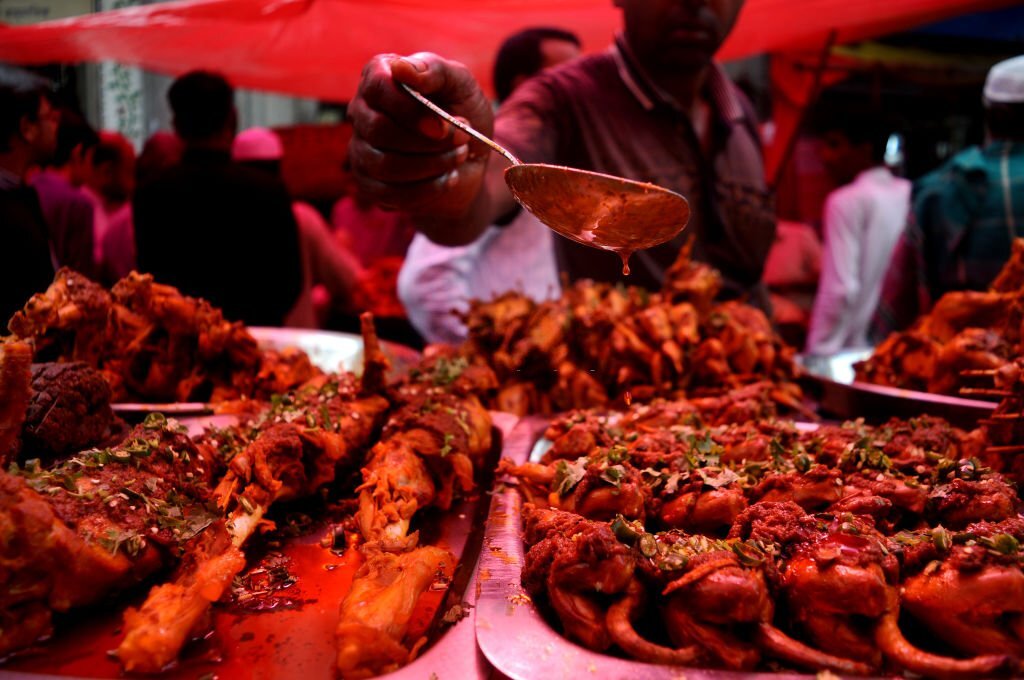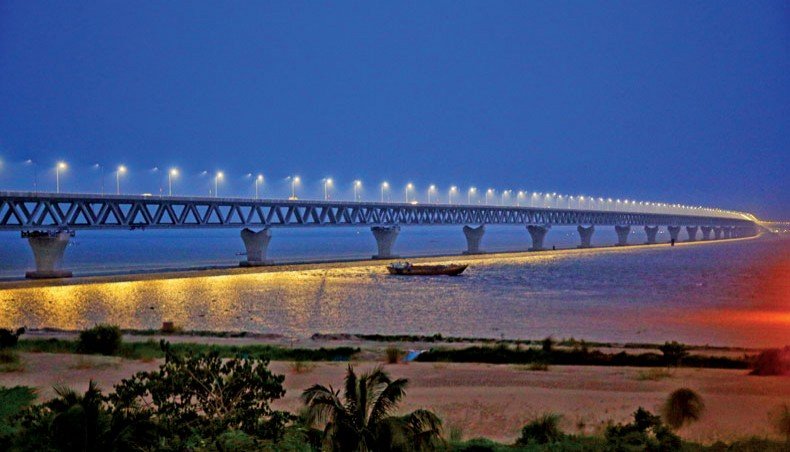Pollution Crisis: How Children’s Health Is at Severe Risk
Dhaka, the bustling capital of Bangladesh, is facing a silent crisis — pollution that is gradually endangering the health and future of its youngest citizens. Children are especially vulnerable: their developing organs, immune systems, and physiological processes make them less able to cope with environmental stress. In Dhaka, multiple forms of pollution — air pollution, noise pollution, and toxic e-waste pollution — are combining to create a severe public health threat to children.
Why Children Are at Greater Risk
Children inhale more air relative to their body weight than adults, and their lungs and respiratory systems are still growing. Exposure to pollution during these formative years can lead to lasting consequences: increased rates of asthma, pneumonia, stunted lung development, neurocognitive impairments, and immune suppression. In Dhaka, where ambient pollutant levels are persistently high, these risks are multiplied.
In the UNICEF-supported “Children’s Health and Environment” handbook, it is noted that in 2021, air pollution globally caused over 235,000 deaths in children under five. Since Dhaka regularly ranks among the world’s most polluted cities, the burden on children here is particularly acute.
Air Pollution: The Invisible Killer
Air pollution is the most visible and pervasive threat to children’s health in Dhaka. The city’s atmosphere is laden with microscopic particulate matter (PM2.5 and PM10) released by vehicles, brick kilns, industrial emissions, construction dust, and burning of fossil fuels. A 2021 systematic review even placed Dhaka among the most polluted capitals in the world.
Studies in Dhaka show that many children living near e-waste recycling sites or industrial areas suffer from reduced lung function, respiratory symptoms, and impaired immune response. Because children breathe faster and often through their mouths, they inhale more pollutants deeper into their lungs, compounding the damage.
Notably, the health implications go beyond respiratory disease. Experts warn that childhood exposure to pollution can contribute to neurodevelopmental disorders, metabolic disruptions, and even DNA-level damage.
Noise Pollution: Overlooked but Harmful
While air pollution often takes the spotlight, noise pollution is another serious hazard for children in Dhaka. The city is among the noisiest in the world, with sound levels frequently exceeding 110 decibels — comparable to a rock concert or a chainsaw.
Because vehicular traffic is the main contributor, children attending schools near busy roads are especially at risk. Noise exposure can impair hearing, disrupt sleep, hinder concentration, and contribute to stress and behavioral issues in children.
Toxic E-Waste and Chemical Exposure
Another layer of danger comes from pollution tied to e-waste and industrial chemicals. Bangladesh generates about 2.81 million tonnes of e-waste annually, expected to rise to 4.62 million tonnes by 2035, according to BUET studies. Children living near recycling sites are exposed to toxins like lead, cadmium, mercury, and persistent organic pollutants.
These chemicals can impair cognitive development, damage the immune system, and even predispose children to congenital anomalies or health issues in later life. Additionally, exposure of expectant mothers to such toxins has been linked to stillbirths and premature births.
Real Stories and Human Impact
In neighborhoods located near busy roads or industrial zones, parents and schoolteachers have begun noticing an uptick in asthma cases, chronic coughs, fatigue, and other symptoms among children. Some schools situated close to major traffic corridors report that students regularly complain of headaches or feel dizzy during school hours.
“Sometimes I can’t even play during tiffin break because the air makes my chest feel heavy,” said Rafi, a class seven student in Dhaka. “I wish the sky was clear like it used to be when my parents talk about their childhood.”
At Motijheel Ideal School & College and Willes Little Flower School, for instance, studies have documented early signs of hearing damage and respiratory illness among students due to pollution exposure from surrounding traffic.
“Every morning I spend almost two hours just getting to school because of the traffic,” said Arifa, a tenth-grade student in Dhaka. “By the time I reach, I already feel tired. On top of that, the loud horns and constant noise make it difficult to focus, even during classes or when I’m at home trying to study. It feels like the traffic and pollution are stealing away our time, energy, and even our ability to learn in peace.”
Government Efforts and Shortcomings
The Bangladesh government and relevant environmental agencies have launched several initiatives to mitigate pollution. The Department of Environment (DoE) has shut down hundreds of brick kilns, fined polluting industries, and moved to prohibit brick production in certain zones unless newer, cleaner technologies are adopted.
However, much remains undone. Enforcement is inconsistent, vehicular emissions controls are weak, many old and unfit vehicles still operate, and dust from construction continues unchecked. The impact of actions has been limited, especially toward protecting vulnerable children.
Experts argue for stronger legal enforcement, stricter vehicle inspection regimes, expanded no-honking zones near schools, regulated industrial emissions, better waste management, and increased public awareness campaigns. A coordinated, long-term strategy is essential.
The Urgent Call for Action
The crisis of pollution in Dhaka is not just an environmental issue — it’s a generational health emergency. Without immediate, sustained action, a generation of children may grow up with compromised health, reduced cognitive capacity, and shorter life expectancy.
There is a need for collaboration across government, civil society, health systems, urban planners, and communities to craft policies that prioritize children’s health. Environmental regulations must be upgraded, enforcement strengthened, and investments made in clean technologies.
